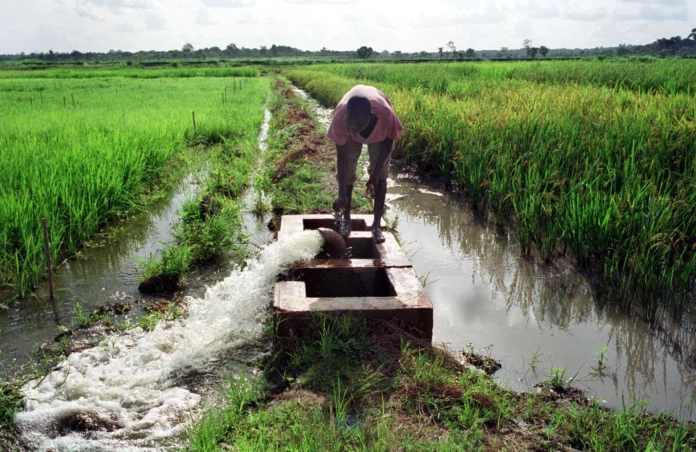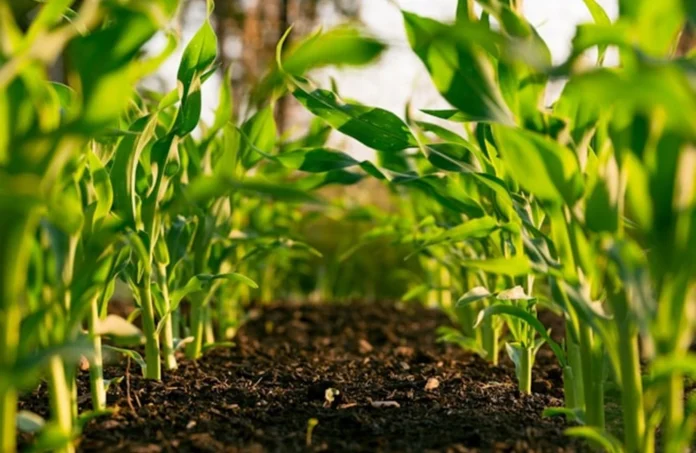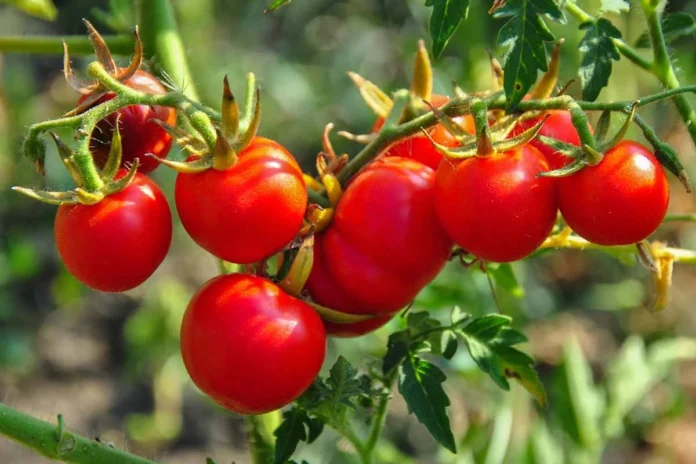Varietal Diversity Emerges as Key to Protecting Profitability in Peruvian Exports
Lima — As Peru’s fruit export sector faces growing market volatility, a new analysis by Fresh Fruit Peru argues that varietal diversification, the strategic cultivation of multiple crop types and varieties, will be crucial to maintaining profitability amid shifting global demand and falling prices.
According to the report, better planning and varietal segmentation now rank among the most powerful tools available to exporters seeking to manage risk in a rapidly changing global trade environment.
A Market Adjusting to Oversupply
After enjoying two years of exceptionally high prices between 2023 and early 2025, global fruit markets are undergoing a sharp correction. “The global market has reacted with a considerable increase in supply,” Fresh Fruit Peru said, citing new export expansions from Mexico, South Africa, Chile, and several West African countries, alongside Peru’s own surge in output.
This wave of production has created downward pressure on prices. The FAO Food Price Index stood 18.8 percent below its March 2022 peak in August 2025, an indicator of the broader cooling trend across commodity markets.
Diversification as Risk Management
Peru’s agricultural exports rose 19 percent year-on-year to the end of August 2025. Yet this growth masks a worrying dependence on a handful of crops and varieties. Fresh Fruit Peru warns that such concentration leaves exporters dangerously exposed to price shocks.
“Varietal diversification constitutes a sophisticated risk management tool,” the report notes. By cultivating a mix of premium and standard varieties, as well as varieties with staggered ripening cycles, exporters can reduce their exposure to market swings and extend their sales window throughout the year.
This approach, the analysts say, enables producers to “decouple their income from the fluctuations inherent in commodity markets.” Premium varieties can sustain stable margins even when oversupply drives down standard prices.
Segmenting the Market
The report advocates a two-tiered commercial strategy: premium varieties should target high-value markets with less price-sensitive demand, such as Japan, South Korea, and select segments in the U.S., while standard varieties continue to serve mass-market channels.
Such segmentation allows exporters to maintain profitability even during downturns. “When generic product prices fall due to oversupply, the premium segment can act as a stabilizing anchor,” the report said.
Fresh Fruit Peru also emphasizes the need for varieties with staggered harvests, which can avoid the glut that occurs when all fruit reaches maturity simultaneously. Extending the commercial season reduces market saturation and helps capture higher prices during off-peak months.
Lessons from Blueberries and Grapes
Peru’s blueberry industry offers a clear example of how varietal diversity enhances resilience. In 2017, just two blueberry varieties made up most of Peru’s exports. Today, nine varieties account for 80 percent of shipments, enabling the country to tailor its offer to different consumer preferences and export destinations.
Despite a 41 percent drop in average prices to US$5.95 per kilo in August 2025, the sector’s diversification has softened the blow. Licensed and premium varieties, such as OZblu Mágica, have fetched 20 percent higher prices than standard types.
Similarly, the table grape industry has undergone a successful genetic transformation. Over the past decade, Peruvian growers have shifted from traditional seeded varieties like Red Globe to patented seedless varieties such as Sweet Globe and Autumn Crisp. By 2023, Sweet Globe surpassed Red Globe to become Peru’s top export variety, while protected seedless grapes represented nearly 75 percent of total export volume.
This evolution allows exporters to adapt shipments by destination: Red Globe still performs well in parts of Asia, while seedless grapes dominate in Europe and North America. “Such flexibility strengthens exporters’ negotiating positions and ensures stable trade relationships,” the report observed.
Avocados: A Case Study in Risk
By contrast, Peru’s avocado sector underscores the risks of limited varietal diversity. The country’s exports remain overwhelmingly concentrated on the Hass variety, which has a narrow harvest window. This dependency has exposed the sector to severe price drops amid global oversupply.
In the first half of 2025, a 35 percent surge in exports triggered a price war, particularly in Europe, driving prices down 33 percent to US$1.71 per kilo. Despite a 56 percent rise in export volumes, overall revenue increased by only 5 percent. More than 22,000 producers, many of them smallholders, have been affected by the downturn.
“The model based solely on expanding acreage of a single variety is showing signs of exhaustion,” Fresh Fruit Peru warned. “The sector urgently requires diversification into other crops and an extended marketing window.”
Challenges Ahead
While the advantages of diversification are clear, implementing it remains challenging. Access to new genetic material often involves expensive licenses and exclusivity contracts, limiting participation for small and medium-sized producers. Field conversion also demands heavy investment and entails a period of unproductivity as new plants mature.
The report calls for stronger public–private collaboration to expedite phytosanitary approvals for new varieties, an effort already underway with crops such as cherries and raspberries.
Building a Sustainable Future
To sustain competitiveness, Fresh Fruit Peru urges the country to deepen its commitment to research, development, and innovation (R&D&I), particularly in adapting new varieties and creating its own genetic resources. It also recommends better market intelligence systems to track consumer trends and the harvest patterns of competing exporters, allowing Peru to proactively adjust its strategies.
Finally, the report highlights the potential of Peru’s strong global culinary reputation as a vehicle for branding premium-quality fruit and superfoods. “What began as a dream of transforming arid lands into productive farms has become a reality,” Fresh Fruit Peru concluded. “The next step is to position Peru as a global leader that feeds the world, not just with volume, but with value, quality, and diversity.”












